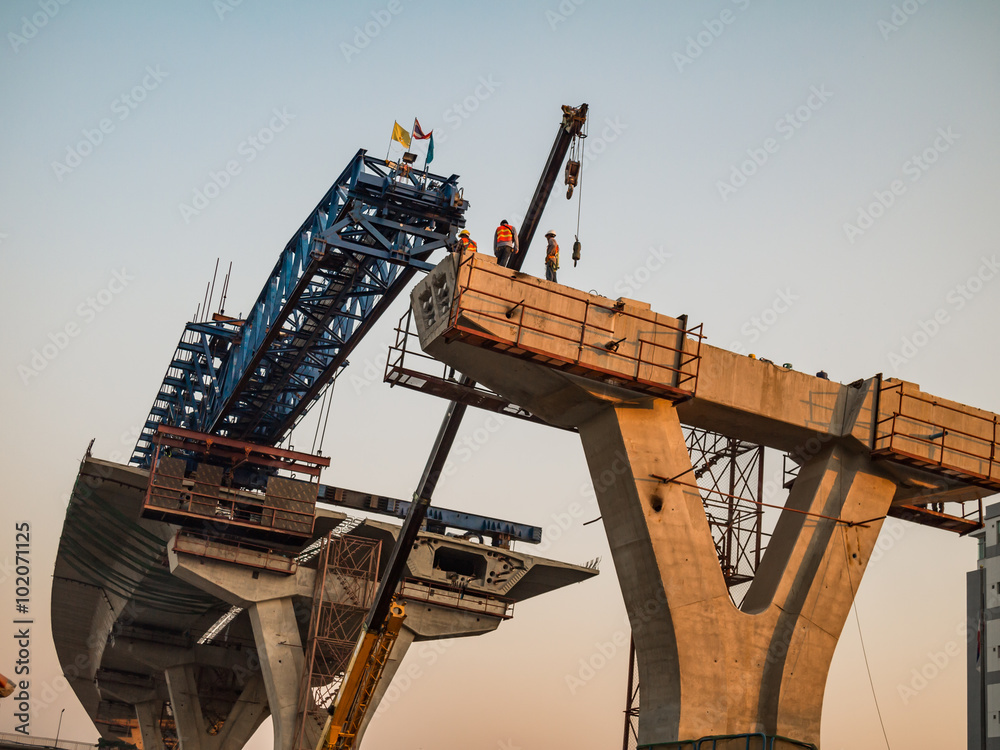Hazard and risk maps



The elaboration of Hazard and Risk Maps on the territory of the different counties is part of the effort to implement the provisions of Law no. 350/2001 on land use planning and urbanism at regional, county and local level and the provisions of GD no. 447/2003 for the approval of the methodological rules on the elaboration and content of the natural risk maps for landslides, flood hazard maps and flood risk maps, with the subsequent modifications and completions.
The identification, location and delimitation of the areas exposed to natural hazards, earthquakes, landslides and floods have as their object, the elaboration of hazard maps for these areas, the definition of the conditions of occurrence of these phenomena on the county territory, as well as the establishment of the program of measures for the prevention and mitigation of their effects. Also, this type of documentation constitutes interpretative studies of the Zonal Urban Planning Plans (PUZ) and General Urban Planning Plans (PUG) of the county administrative units, in order to establish specific measures for the mitigation and prevention of the effects of natural hazards, for the execution of works and exploitation of the territory. Knowing these areas and the risk categories involved in the construction of social and economic objectives in the regions affected by natural risk phenomena, by adopting appropriate measures, whether structural or non-structural, as well as by initiating specific works in certain sectors, the damage caused will be limited and future investments will be protected.
The hazard and risk maps are an integrated module of the MOSYM Project proposed by the Ministry of Environment and Sustainable Development and supported by the National Agency “Apele Române” for decision making on flood prevention in Romania, as outlined below:
The MOSYM project was conceived as a two-sided information system:
The first side started with the automation of the flood characteristics measurement system, continuing with the primary processing procedures without hydrological data modelling.
The second side of the system is the hazard and risk maps designed to help decision-makers to develop solutions for the optimal management of hydrotechnical flood protection works and to prepare and prevent flood risks in the areas indicated on the risk maps.
Both sides work together to achieve a useful decision support tool for flood management and damage mitigation, according to accepted European standards.
This system has been designed to provide decision-makers with a comprehensive, thoroughly structured and systematized database, so that they can make the best decision on the flood management process and recommend future flood protection works to be carried out.




